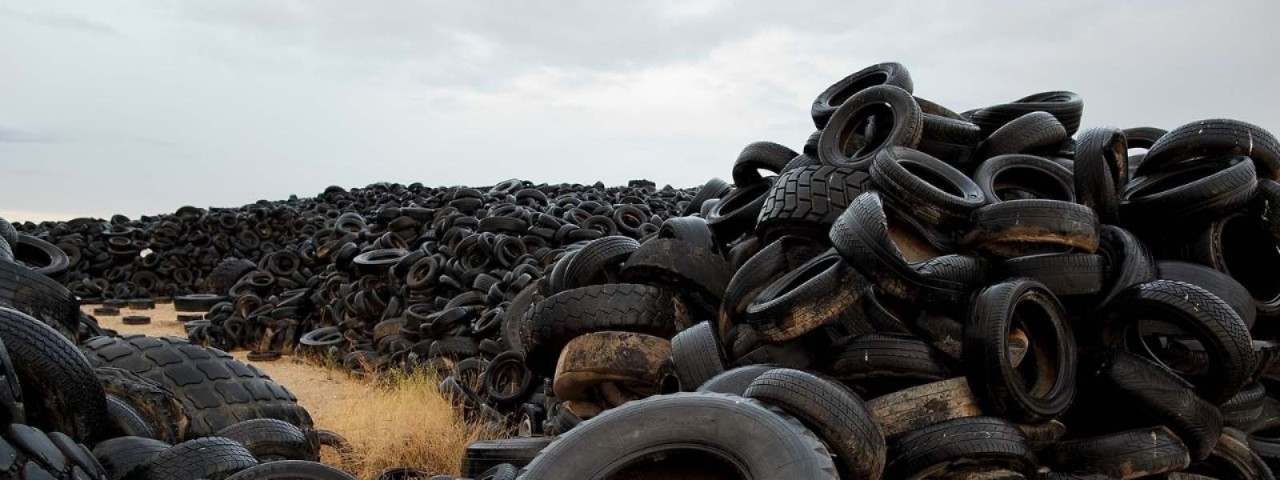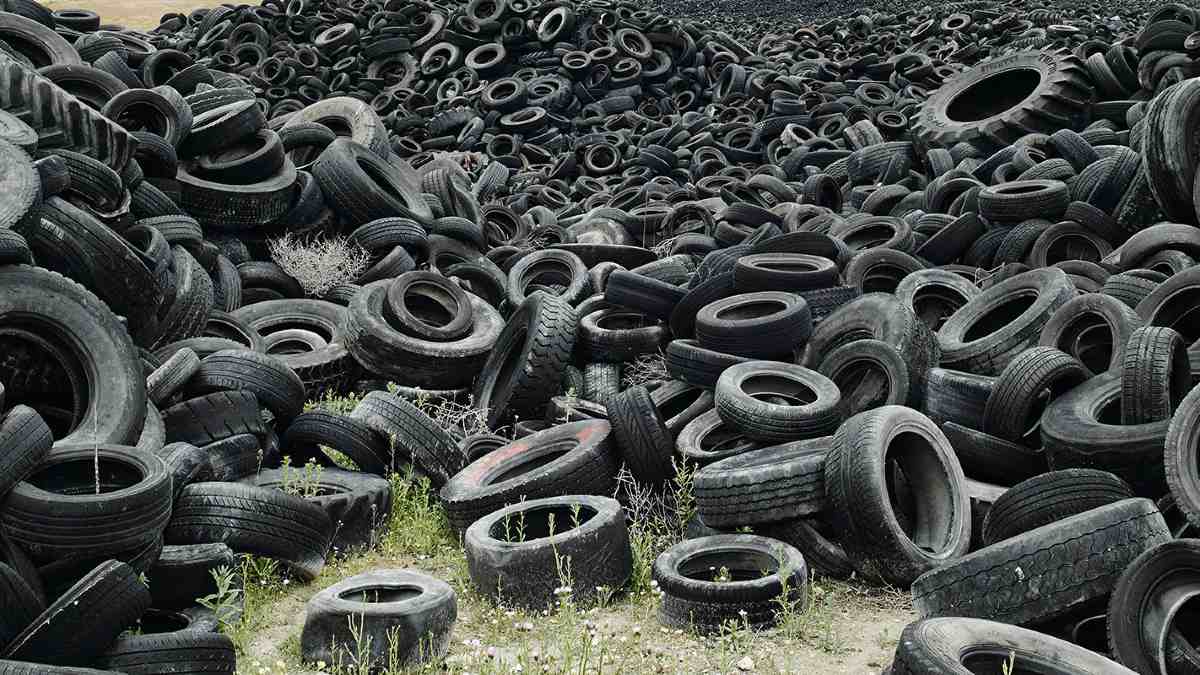Australians have fallen in love with air fryers. Discover how they work, their energy efficiency, what to avoid and which type is best for you.
Burning rubber: How we’re turning old tyres into new roads

Forget garden swans, here’s a useful way to recycle discarded tyres.
Every hour more than 6000 tyres are dumped in Australia – that’s more than 50 million tyres discarded in landfill or illegal scrapheaps each year. But what if instead of thinking about putting rubber to the road, we put rubber in the road – recycling old tyres to create a new road surface.
It’s already been done in small-scale projects such as children’s playgrounds, but what if we could make streets, or even major roads, using recycled tyres?
It’s a question occupying the mind of Melbourne University academic Dr Mahdi Disfani. The geotechnical engineering lecturer started experimenting with recycling tyres into road surfaces a few years ago and has now set up a real-life testing ground in a carpark.
More than 50 million tyres are discarded to landfill or illegal scrapheaps each year.
The ‘smart’ carpark in Adelaide, an Australian first, incorporates embedded fibre optics to monitor traffic loads and is designed to weather flooding. “With all the solid road, pavement and driveway surfaces in cities like Melbourne, when there’s a heavy downpour there’s nowhere for all the water to go,” says Mahdi. The result? Flash flooding on the roads causing dangerous driving conditions.
He is also testing whether the permeable road surface can act as a filter, resulting in cleaner water seeping underground.
Mahdi has been experimenting with different road surface ‘recipes’ using flexible tyre particles, rigid rock aggregates and flexible glue, in search of the sweet spot, where a surface is flexible and permeable but also stable when driven on.
Permeable surfaces made from old tyres have previously been used as garden pavers but were found to be too flexible to carry heavy loads.

Working with Tyre Stewardship Australia, which aims to recycle as many tyres as possible, and Merlin Site Services which lays roads, Mahdi says the project’s success will come down to cost.
“If it [the new road surface] is more expensive to make and lay [than traditional roads], who is going to pay for it?” he says. “But if we can match the performance and cost [of existing road surfaces] then tens of thousands of tyres and more will be recycled and that’s just the start.”
In their favour, he says tyres are cheaper and lighter than crushed rock. “If you buy a tonne of recycled tyre pieces it will cover three times the area that a tonne of crushed rock can cover.” But new road surfaces will require investment in new processes and laying machinery.
He says if successful the environmental benefits will be enormous.
“It took 1200 tyres to make 400 square metres of carpark surface in the Adelaide project. If you run that across major metro cities with car parks and roads, that will see hundreds of thousands of tyres recycled and help reduce Australia’s waste crisis.”
Of the millions of tyres discarded across Australia each year, only five to 10 per cent are recycled locally or sold overseas where they are used as a fuel to burn. The rest end up in landfill or are dumped illegally, where there is a real risk of catching fire, endangering property and releasing toxic fumes into the environment.
In 2017 the Environment Protection Authority spent millions of dollars cleaning up a stockpile of tyres near Stawell, where it took almost 400 trucks to move a million tyres to landfill away from houses.
Mahdi says there could be many more hidden dumps in bushland across the nation.


